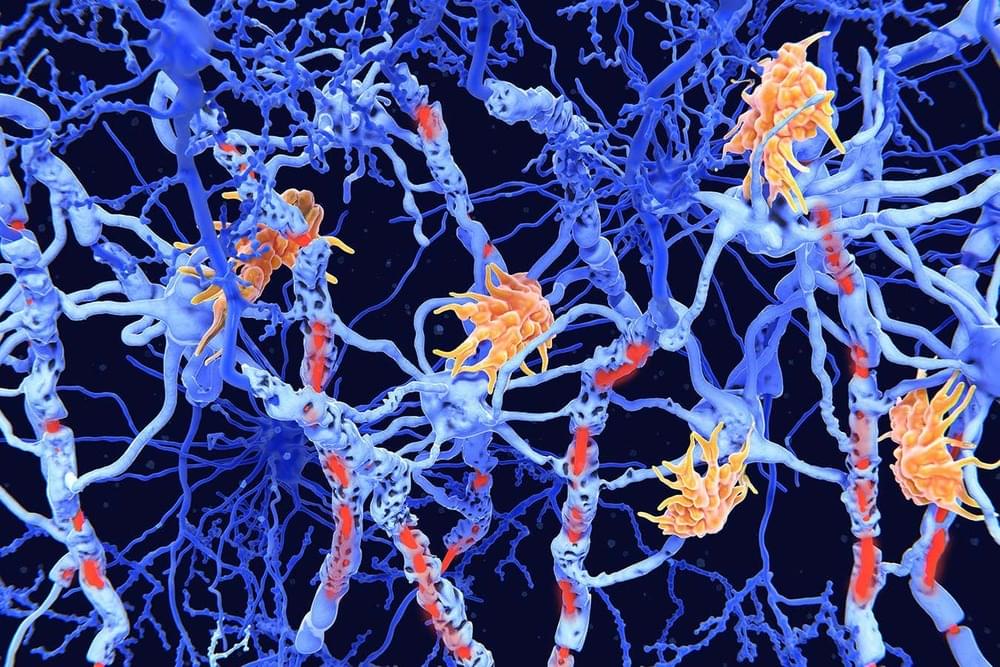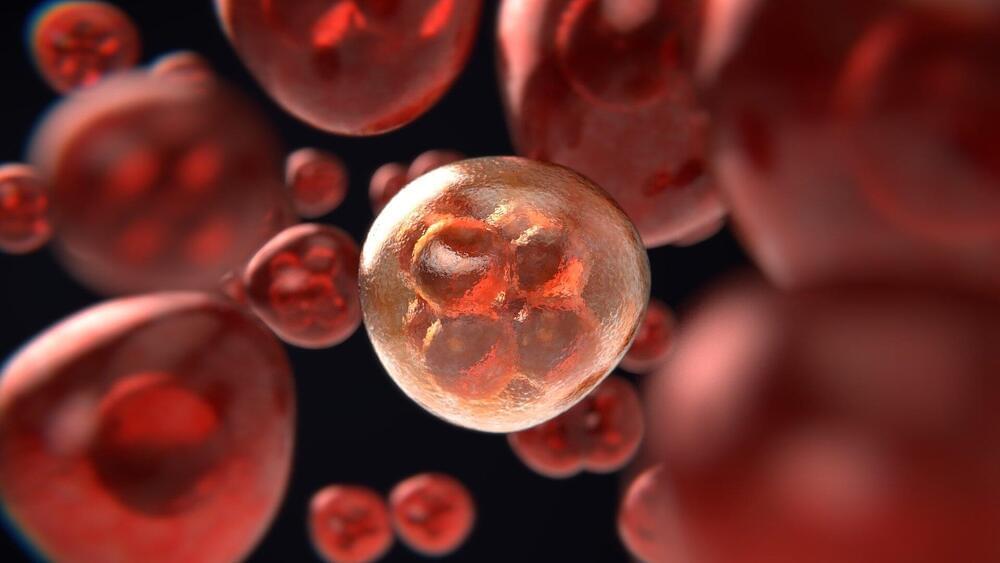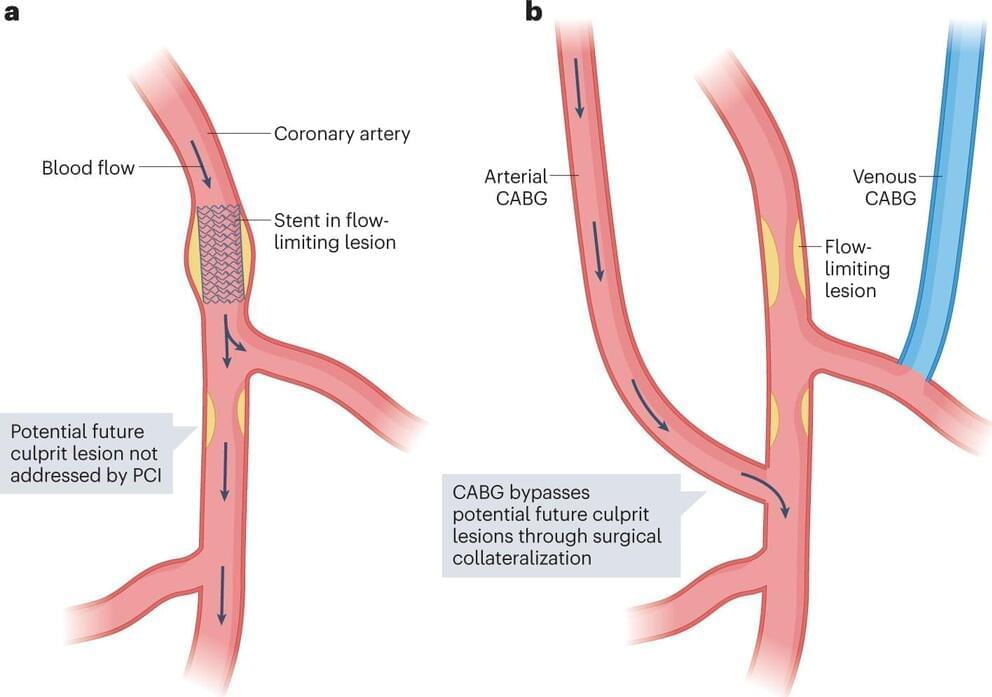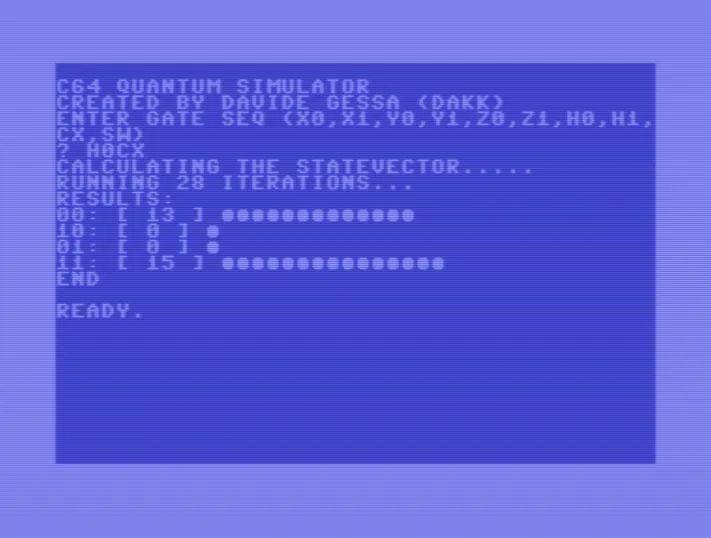After swathes of users were unable to access parts of TweetDeck over the last few days, Twitter started rolling out a new version of the web app to users Monday. The company also added that in 30 days, users will have to be verified to access TweetDeck. This means only Twitter Blue subscribers, verified organizations, and some folks who have been gifted verification by Twitter will be able to use TweetDeck.
Twitter said that all saved searches and workflows from the old TweetDeck will be ported to the new version. It noted that users migrating to the new version will have an option to import their columns as well.
The social network is introducing full composer functionality, Spaces, video docking, and polls on TweetDeck. However, it said that Teams functionality is “temporarily unavailable.”









